Intel Expands 8th Gen Core: Core i9 on Mobile, Iris Plus, Desktop, Chipsets, and vPro
by Ian Cutress on April 3, 2018 3:01 AM ESTThe GIGABYTE H370N-WiFi
One of the motherboards we were sampled early was the GIGABYTE H370N-WiFi. This is GIGABYTE's latest mini-ITX motherboard, and in this case using the H370 chipset - traditionally GIGABYTE's H-series mini-ITX boards implement additional features, such as HDMI 2.0, and in this case, Wi-Fi.
The initial viewing of the board is one implemented more in function than overall style. The four-phase power delivery has a heatsink, the CPU is powered by an 8-pin 12V header, and the full length PCIe slot is shielded. GIGABYTE has two full-length DDR4 slots on this model, using double sided latches, and there are four SATA ports on the right hand side of the board out of a possible six that the chipset supports.
For storage, we get an M.2 2280 slot that sits above the chipset heatsink on the front, and another on the rear:
The two key parts on this motherboard that are going to be a little interesting start with the HDMI 2.0 implementation.
Here GIGABYTE is using the MegaChips MCDP2800 chip as an LSPCon to enable HDMI 2.0 from the processor. This is fairly common for HDMI 2.0, although due to the added LSPCon cost, we still only see it on a few motherboards - mostly GIGABYTE boards.
The other thing to note will be the Wi-Fi implementation. As the H370 chipset will support a native wireless solution, it all comes down to which companion RF model GIGABYTE has chosen. A quick look in the device manager shows this:
Here Intel is using the AC-9560, which is Intel's 2x2 802.11ac Wave 2 (160 MHz) solution - the high cost one.
Another feature on the new motherboards will be the USB 3.1 Gen 2 (10 Gbps) support. Here we see GIGABYTE not bothering with the fastest USB 3.1 implementation - all the ports here are USB 3.1 Gen 1 (5 Gbps) standard - even the port being enabled via a Type-C redriver. This means that this board could be seen as just a refresh of the 200-series version, with only the chipset changed to support the new processors. The motherboard does not have additional front panel headers for 10 Gbps either, meaning that this board uses exactly zero of the four that the chipset supports.
Elsewere on the board we spot the dual NICs, powered by Intel I219-V and Intel I211-AT controllers.
The audio, despite being a 3-plug stack, is powered by the Realtek ALC1220 codec.
In our box with the board, aside from the usual CD/manual/IO shield, we also got two SATA cables and a pair of Wi-Fi antenna. Nothing overly complex.


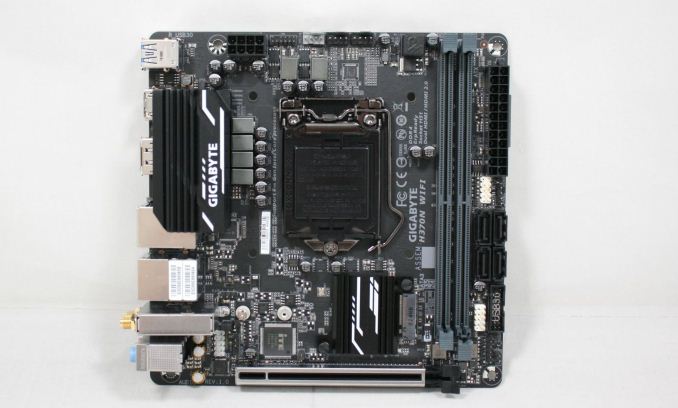
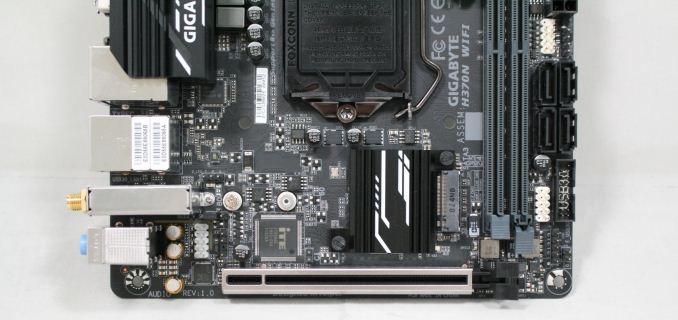
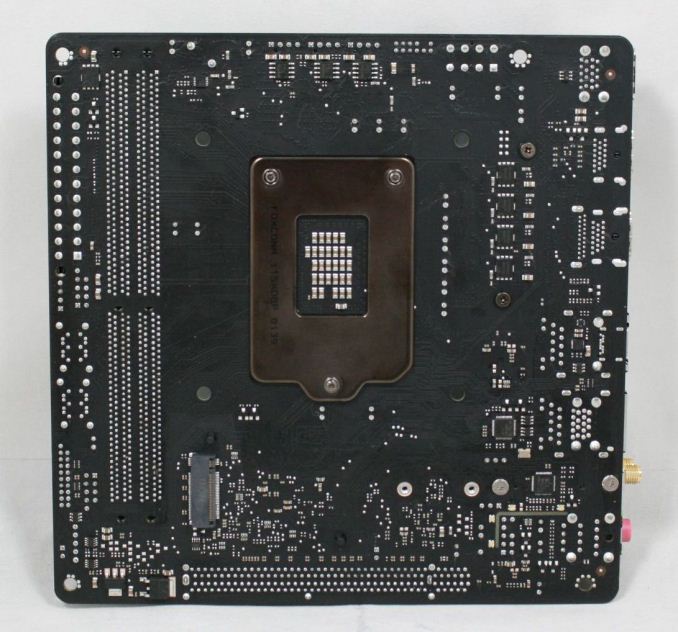
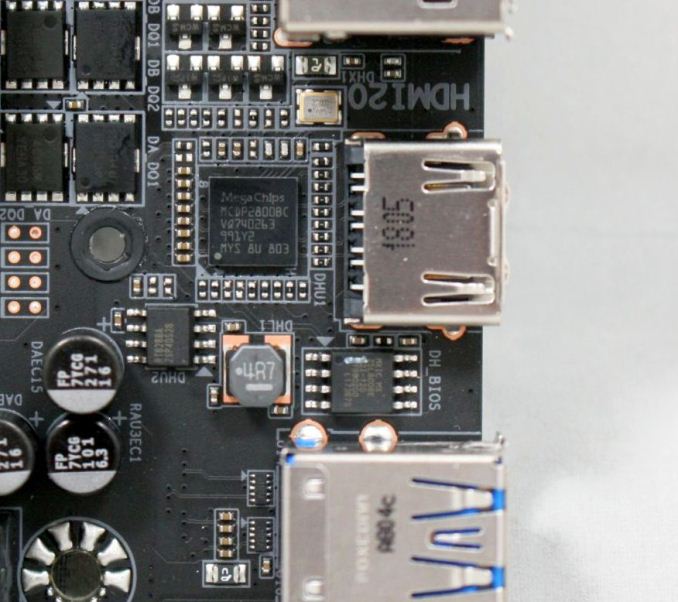
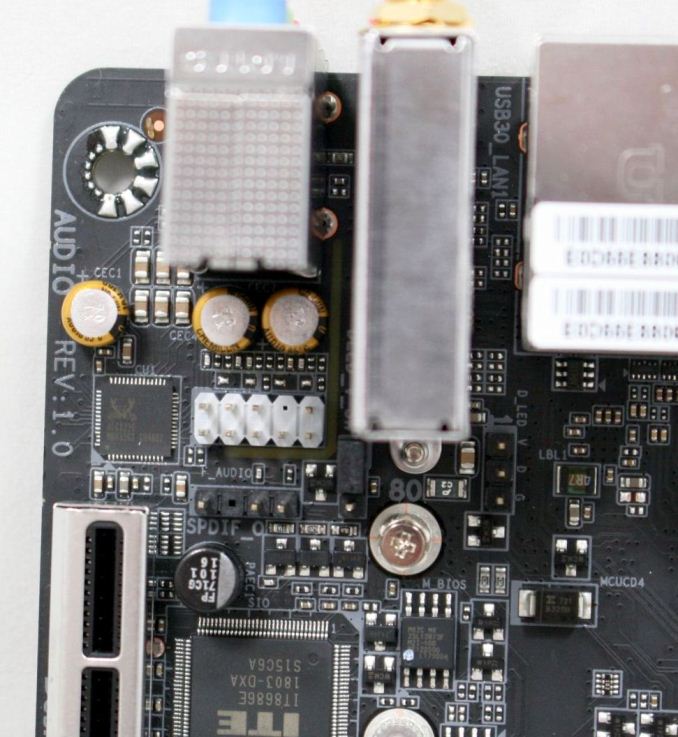
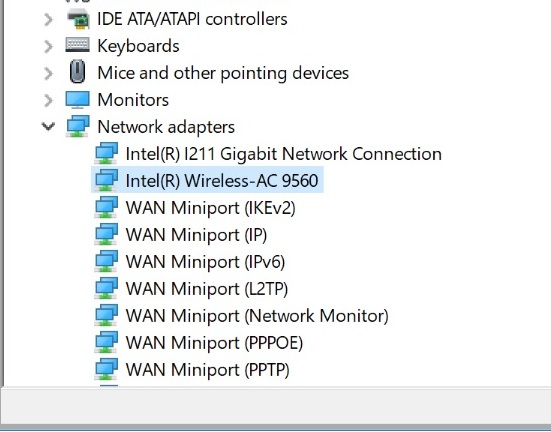

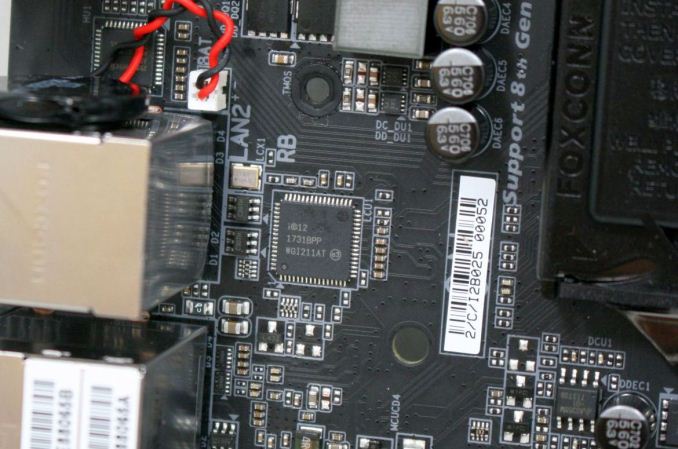

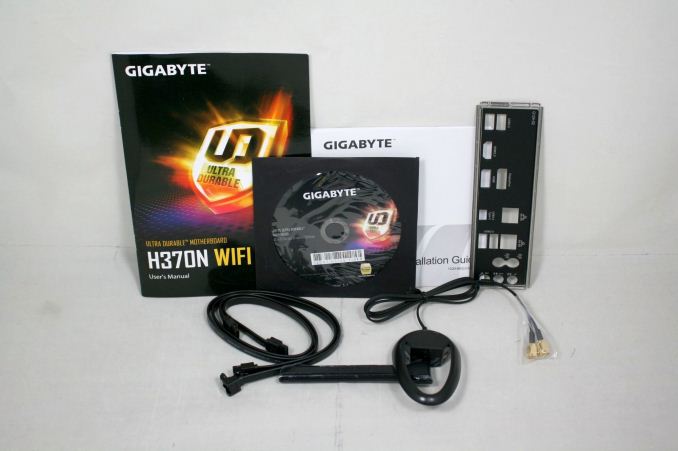














123 Comments
View All Comments
Ratman6161 - Tuesday, April 3, 2018 - link
I know all about that. Last year we bought a round of thin and light laptops where the users were stamping their feet and insisting they needed i7's. At first I tried hard to explain to them that in the 7th gen mobile "U" cpu's there was practically no difference (and definitely no difference they would notice) between an i7U and an i5U. We bought the i5's and they were P.O'd but they wouldn't have been happy no matter what we gave them. I was very sorely tempted to order a set of Intel i7 Inside stickers to put on them - you can actually buy them on Amazon:)Icehawk - Thursday, April 5, 2018 - link
My manager just didn’t understand why I said buying an i7 laptop doesn’t solve our performance problems - we aren’t ordering the 4 core model, not sure why our vendor hasn’t tried to upsell at least. Yes, I want some fries with that dammit.Chaitanya - Tuesday, April 3, 2018 - link
Stupid marketing of i7+ , what's next brainfart from this marketing team?goatfajitas - Tuesday, April 3, 2018 - link
Actually the issues were process related and continued delays on 10nm parts... The marketing is a BS reaction to try and sell more parts and "slap some lipstick on that pig". Most of their customers don't know or care about the differences, they just want the current "i5" or "i7" part and buy it.nukunukoo - Tuesday, April 3, 2018 - link
Here's to hoping for a surprise 6-core, 32GB Macbook Pro this year...damianrobertjones - Tuesday, April 3, 2018 - link
No, no and no. The value of that machine will fall fast once Apple moves to (Add cpu here) in 2020.goatfajitas - Tuesday, April 3, 2018 - link
LOL. Keep dreaming. Apple has a tiny marketshare and their media strong CPU's are not and will not be a match for Intel in real computing space.PeachNCream - Tuesday, April 3, 2018 - link
But there's already a lot of speculation based on a Bloomberg article of a shift starting in 2020 from Intel x86 CPUs to some sort of higher performance ARM processor in order to unify the OS experience across Apple products. Take a look on Google for Kalamata which is the project name. If what looks like leaks are true, there's a change blowing in the wind in Apple's Macintosh product line.Ratman6161 - Tuesday, April 3, 2018 - link
I doubt it will be a good change if you are a die hard Mac person. As things stand today, no ARM chip is going to match Intel for raw computing power. Power consumption, sure but no where close on raw speed. To me it seems almost like they are getting ready to write off their traditional fan base of graphics people.PeachNCream - Tuesday, April 3, 2018 - link
I really don't know what to make of this from a performance and compute perspective (or any other perspective for that matter) as I don't own or use a Mac. If its true that Apple is planning to use in-house ARM processors in only a couple of years, then they've probably already been in development for a while and they will need to compete with x86 hardware if they expect to land sales. At this point, I'm just curious about what will happen and how it might or might not shake up the industry.